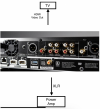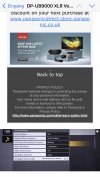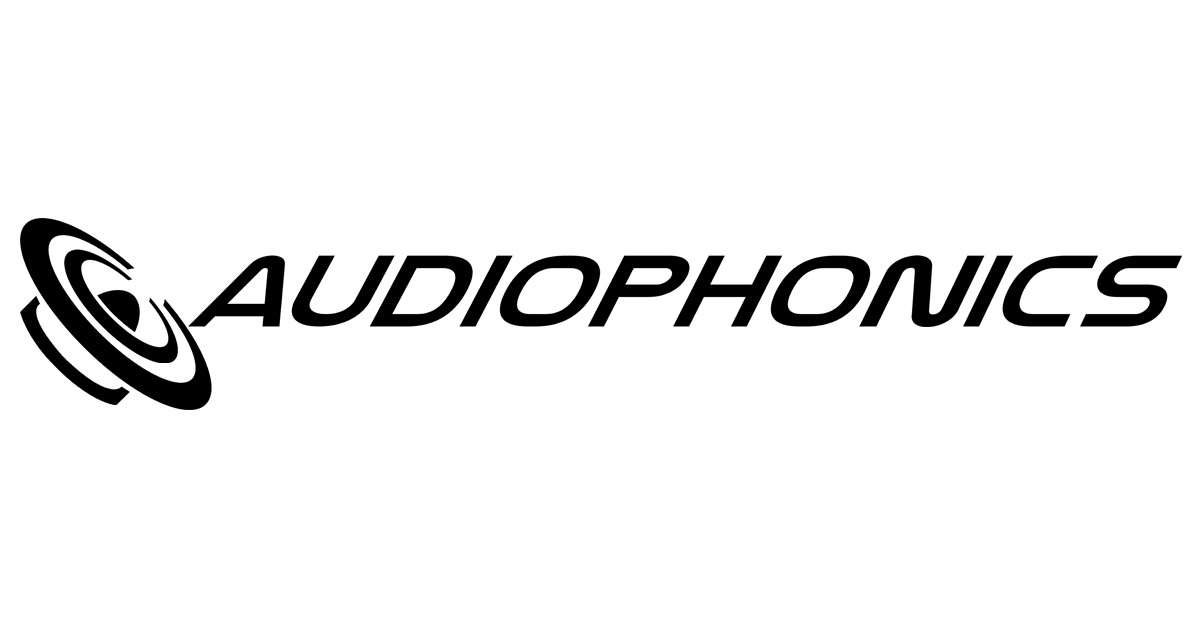Neither I nor anyone else can provide a definitive, single answer to your question of which gear to have and how to connect it. But your questions here are right on-target: you have identified some key problems with how a lot of audio gear is designed and marketed. In 2023, if you're going to make a high-end digital source component (like the UB-9000), it makes no sense not to have volume control included, at least for its analogue outputs.
If you want to take advantage of the DAC in the UB-9000, then you have to use its analogue outputs. And if you want the best possible performance from those analogue outputs, you need to use the balanced outputs, which it has for stereo output.
The reason you want to use the balanced outputs is twofold:
- The more commonly cited reason, but IMHO the less important reason, is that units like this often provide 1-4dB better SINAD (distortion and or noise performance) than when they are connected using their unbalanced (RCA) connections. I say this is less important because the difference is usually not audible, and in fact some units provide the exact same performance out of either their balanced or unbalanced outputs.
- The more importnat reason, IMHO, is that the balanced connection between the UB-9000 and the next component in your chain will provide a good deal of immunity to noise and ground loops that are not part of the measured performance of the UB-9000 but rather are generated by the connections among your components. So this is a type of audible hum and/or hiss that cannot be measured in a review and cannot be predicted ahead of time because it varies from setup to setup, and using the balanced XLR connections minimizes or eliminates this potential issue.
That said, though, you can connect the UB-9000 to almost anything you want, as long as it has balanced analogue inputs and a volume control: a preamp, a digital processor, an integrated amp, or active speakers with their own built-in amplifiers.
Hope this helps!



